Home>Gardening & Outdoor>Outdoor Entertaining>How To Light A Fire Pit Without Smoke
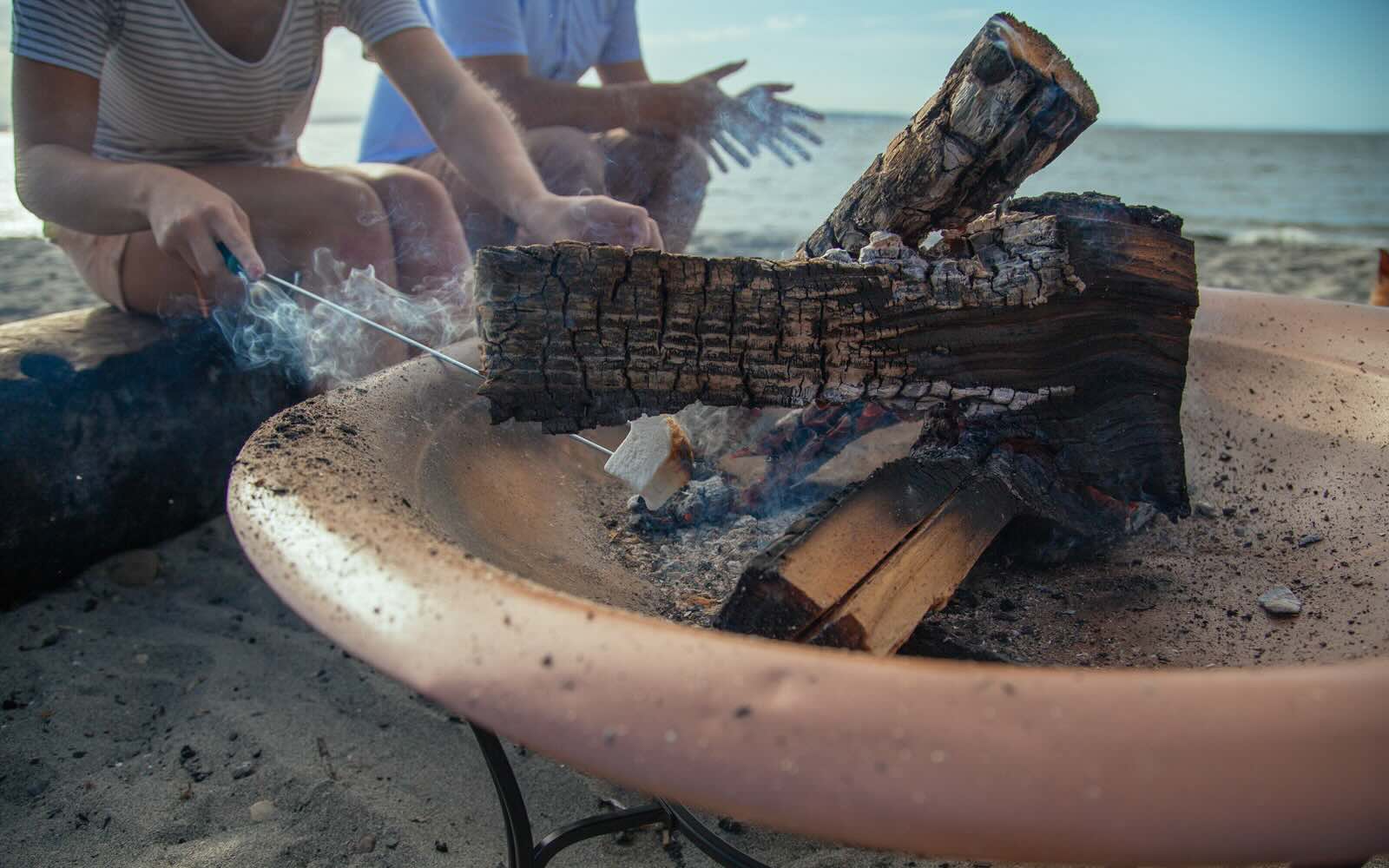

Outdoor Entertaining
How To Light A Fire Pit Without Smoke
Modified: March 2, 2024
Learn how to light a smoke-free fire pit for your outdoor entertaining needs. Discover tips and techniques to enjoy a cozy and clean outdoor experience.
(Many of the links in this article redirect to a specific reviewed product. Your purchase of these products through affiliate links helps to generate commission for Storables.com, at no extra cost. Learn more)
Introduction
When the sun sets and the cool evening breeze sets in, gathering around a crackling fire pit with friends and family creates a cozy and inviting atmosphere. The mesmerizing dance of the flames and the warmth it provides make for unforgettable moments. However, the enjoyment of a fire pit can quickly be dampened by excessive smoke. The acrid scent and stinging eyes can turn a delightful evening into a hasty retreat indoors.
But fear not, for there are ways to minimize or even eliminate the smoke from your fire pit. In this guide, we will explore various techniques to achieve a smoke-free fire pit experience. From selecting the right firewood to mastering airflow and using effective fire starters, we will delve into the art of creating a clean-burning and enjoyable fire pit. So, grab your marshmallows and gather around as we uncover the secrets of how to light a fire pit without smoke.
Key Takeaways:
- Choose well-seasoned hardwood like oak or hickory for a smoke-free fire pit. Avoid softwoods and use proper airflow to minimize smoke and maximize enjoyment.
- Use natural fire starters like fatwood and maintain the fire with care to sustain a clean-burning and smoke-free fire pit experience. Enjoy cozy gatherings without the hassle of excessive smoke.
Read more: How To Light A Fire Pit Without Kindling
Choosing the Right Firewood
One of the key factors in achieving a smoke-free fire pit is selecting the right type of firewood. Opting for well-seasoned hardwood such as oak, hickory, or maple can significantly reduce the production of smoke. Seasoned wood has been dried for an extended period, resulting in lower moisture content. This allows it to ignite more easily and burn more efficiently, producing less smoke compared to green or damp wood.
Conversely, softwoods like pine and cedar contain natural resins and higher moisture levels, leading to excessive smoke and the potential for spark emissions. It’s best to avoid using softwoods in your fire pit if you aim to minimize smoke.
Additionally, the size of the firewood plays a crucial role in smoke reduction. Opt for well-split pieces with ample surface area, as they ignite faster and burn more cleanly. Avoid oversized logs that can impede airflow and cause incomplete combustion, resulting in smoldering and smoke.
By carefully choosing the right firewood, you can lay the foundation for a smoke-free and enjoyable fire pit experience.
Building the Fire Pit
Constructing a well-designed fire pit can contribute to a more efficient and smoke-free burning process. When building or setting up your fire pit, consider its size and structure. Opt for a design that allows for proper airflow, as adequate ventilation is essential for a clean burn.
Choose a location for your fire pit that is sheltered from strong winds, as gusts can disrupt airflow and lead to smoky conditions. Additionally, ensure that the fire pit is placed on a stable and level surface, as an uneven base can impede proper ventilation and combustion.
When arranging the firewood within the pit, use a stacking method that promotes airflow. Place the larger pieces at the bottom in a crisscross pattern, leaving gaps between the logs to facilitate oxygen circulation. Gradually layer smaller pieces on top, allowing for a well-ventilated and efficient burning process.
By paying attention to the construction and layout of your fire pit, you can create an environment that minimizes smoke production and maximizes the enjoyment of your outdoor gathering.
Creating Proper Airflow
Ensuring adequate airflow is crucial for achieving a smoke-free fire pit. Proper ventilation allows for efficient combustion, reducing the likelihood of smoke production. When setting up your fire pit, consider the following tips to optimize airflow:
- Positioning: Place the firewood in a way that allows for natural airflow. Avoid stacking the wood too tightly, as this can hinder the circulation of oxygen and result in smoldering, which leads to smoke.
- Use a Fire Pit Grate: Employing a fire pit grate or stand can elevate the firewood, creating space underneath for air to flow. This promotes better burning and minimizes smoke output.
- Openings and Ventilation: If your fire pit is equipped with adjustable vents or openings, ensure they are unobstructed and utilized effectively to regulate airflow. These features allow you to control the combustion process, reducing the potential for smoke.
By implementing these airflow-enhancing strategies, you can foster an environment that encourages clean and efficient burning, resulting in a more enjoyable and smoke-free fire pit experience.
To light a fire pit without smoke, use dry, seasoned firewood and avoid using wet or green wood. Properly stack the wood to allow for good airflow, and use a fire starter or kindling to get the fire going quickly. Avoid adding too much wood at once to prevent smoldering and smoke.
Using Fire Starters
Employing effective fire starters can expedite the ignition process and contribute to a cleaner burn, reducing the likelihood of smoke. There are various types of fire starters available, each offering distinct benefits for lighting your fire pit:
- Natural Fire Starters: Consider utilizing natural fire starters such as fatwood, which is derived from the resin-saturated heartwood of pine trees. Fatwood ignites quickly and burns hot, helping to establish a robust flame with minimal smoke.
- Kindling: Building a base of kindling, such as small dry twigs and branches, can aid in igniting the larger firewood. Kindling promotes a swift and efficient ignition, reducing the time spent on smoky, struggling fires.
- Commercial Fire Starters: There are various commercially available fire starters, including paraffin-based cubes and sticks, which are designed to ignite easily and burn cleanly, providing a reliable foundation for your fire.
When using fire starters, it’s essential to follow the manufacturer’s instructions and recommendations for safe and effective use. By incorporating these ignition aids, you can streamline the lighting process and minimize smoke production, leading to a more enjoyable and hassle-free fire pit experience.
Read more: How To Light A Gas Fire Pit
Maintaining the Fire
Once your fire pit is ablaze, proper maintenance is essential for sustaining a smoke-free and efficient burn. Consider the following tips for maintaining the fire:
- Regular Stoking: Periodically stoke the fire by gently shifting the logs and adding new firewood as needed. This helps maintain a consistent burn and prevents smoldering, which can lead to smoke. Avoid overloading the fire pit with excessive wood, as this can impede airflow and result in incomplete combustion.
- Avoid Damp Wood: Refrain from adding damp or green wood to the fire, as it can produce excess smoke and hinder the overall burn quality. Stick to well-seasoned firewood to promote clean combustion and minimize smoke emissions.
- Remove Ash Buildup: As ash accumulates in the fire pit, gently remove excess ash to ensure proper airflow. A thin layer of ash can insulate the coals and aid in combustion, but an excessive buildup can impede ventilation and lead to smoky conditions.
By tending to the fire and implementing these maintenance practices, you can sustain a clean-burning and smoke-free fire pit, allowing you to fully enjoy the warmth and ambiance it provides without the inconvenience of excessive smoke.
Conclusion
Mastering the art of lighting a fire pit without smoke is a rewarding endeavor that enhances the outdoor entertaining experience. By carefully selecting the right firewood, constructing the fire pit with proper airflow in mind, and utilizing effective fire starters, you can significantly reduce or eliminate smoke production, allowing for a more enjoyable and comfortable gathering around the fire.
Remember, the key lies in thoughtful preparation and mindful maintenance. By choosing well-seasoned hardwood, building the fire pit to facilitate airflow, and tending to the fire with care, you can create a welcoming and smoke-free environment for your outdoor gatherings.
Whether it’s a cozy evening with loved ones or a festive outdoor celebration, a smoke-free fire pit elevates the ambiance and fosters memorable moments. So, go ahead and put these tips into practice, and may your future fire pit gatherings be filled with warmth, laughter, and the mesmerizing glow of a clean-burning fire.
Frequently Asked Questions about How To Light A Fire Pit Without Smoke
Was this page helpful?
At Storables.com, we guarantee accurate and reliable information. Our content, validated by Expert Board Contributors, is crafted following stringent Editorial Policies. We're committed to providing you with well-researched, expert-backed insights for all your informational needs.
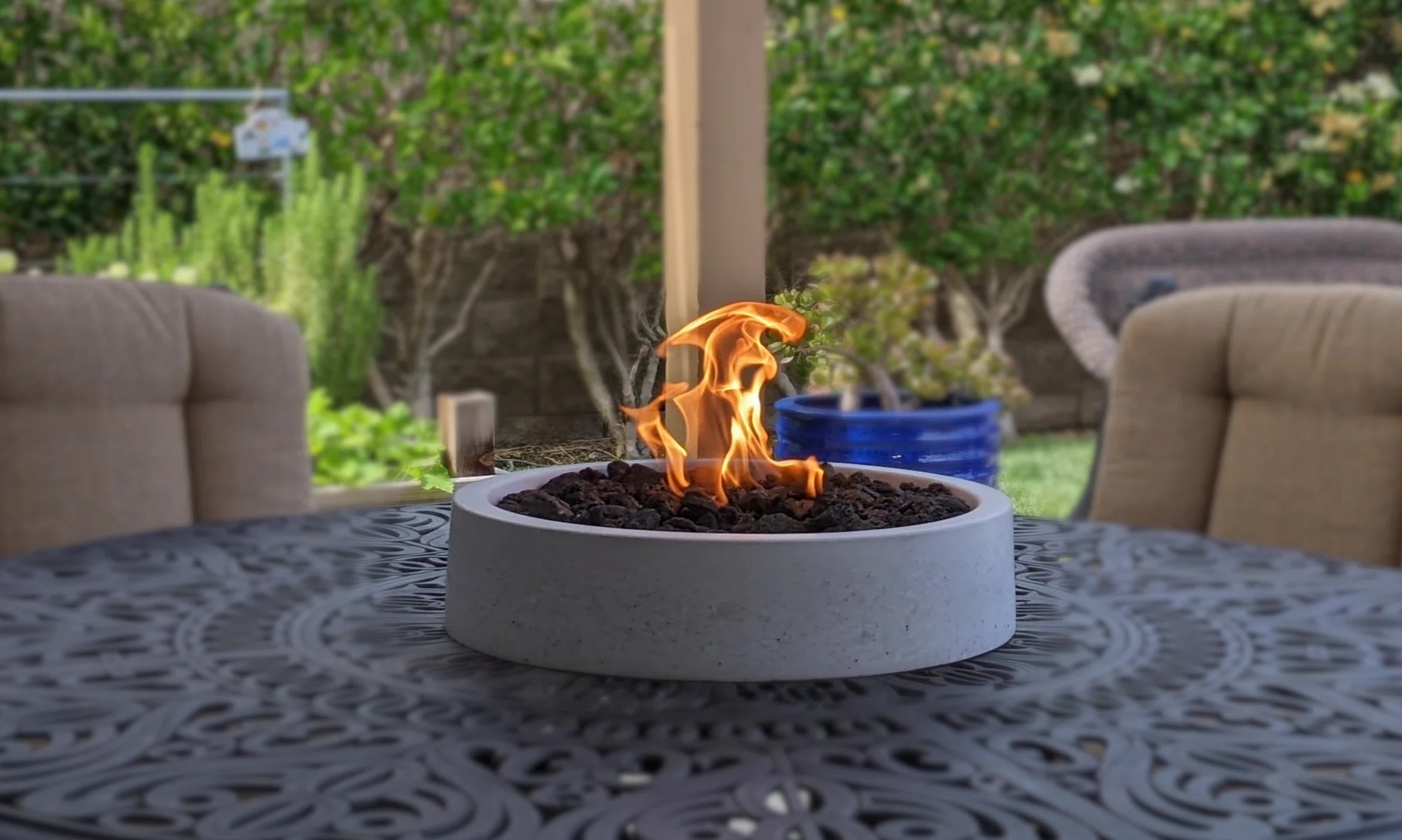
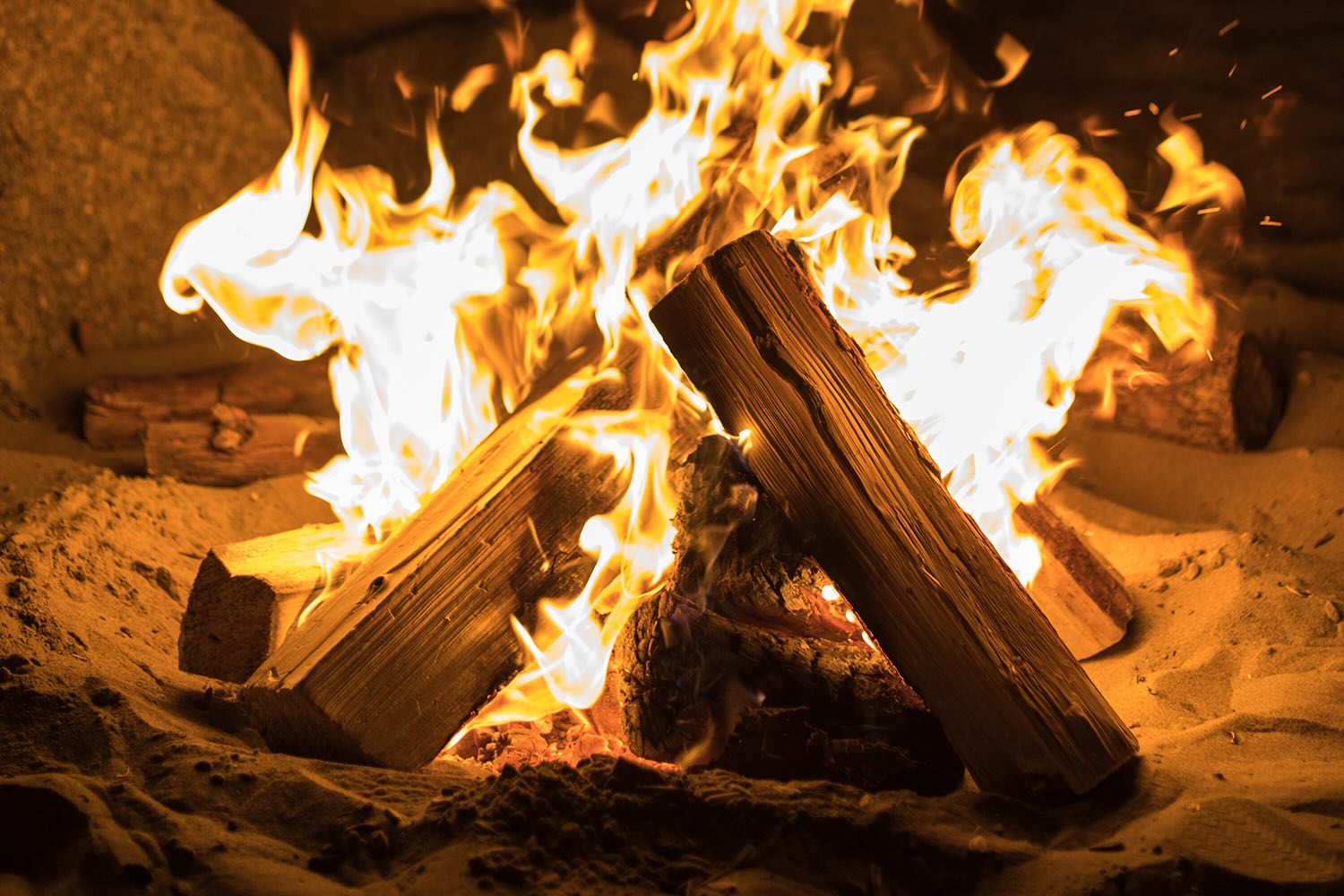
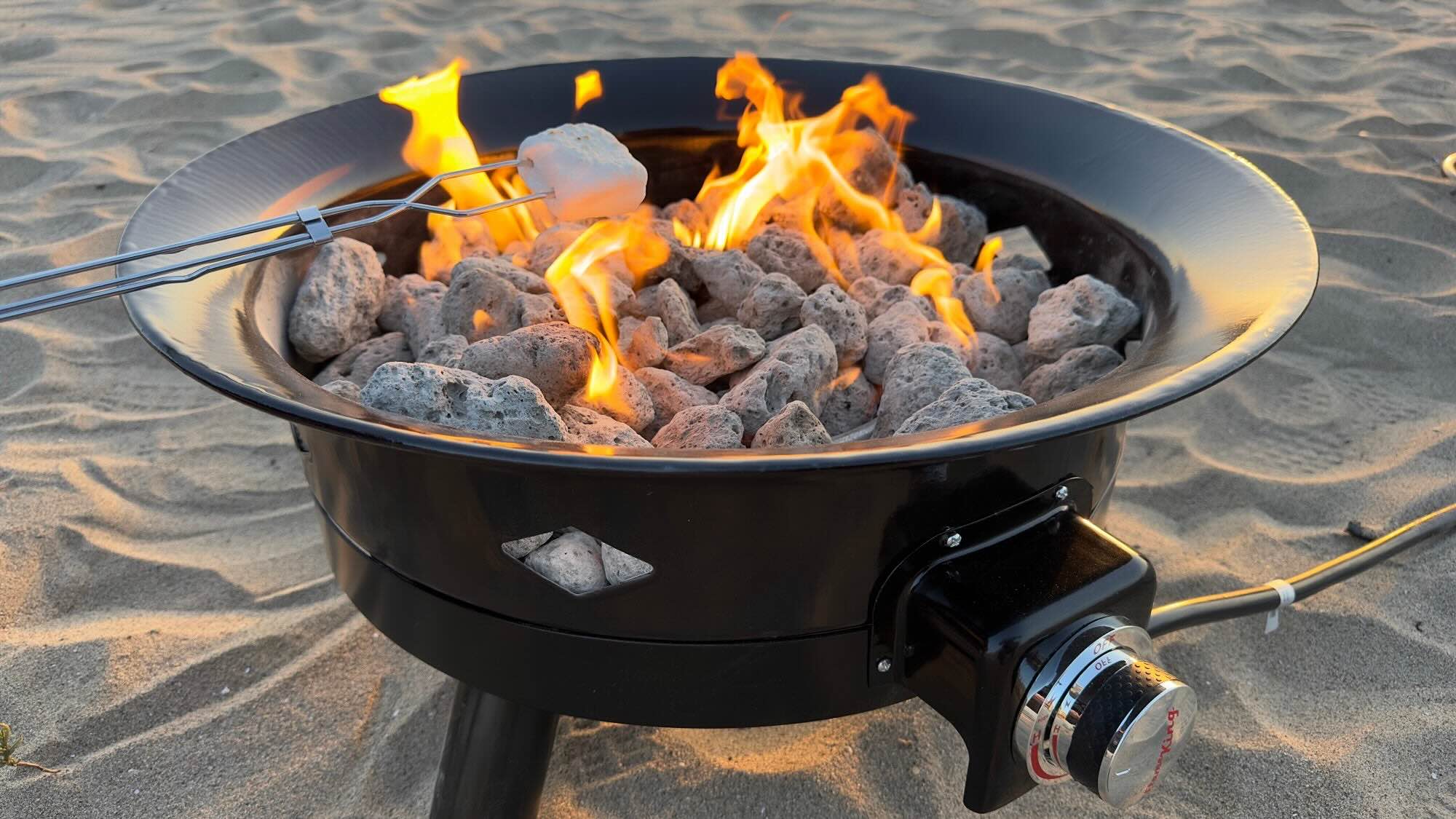
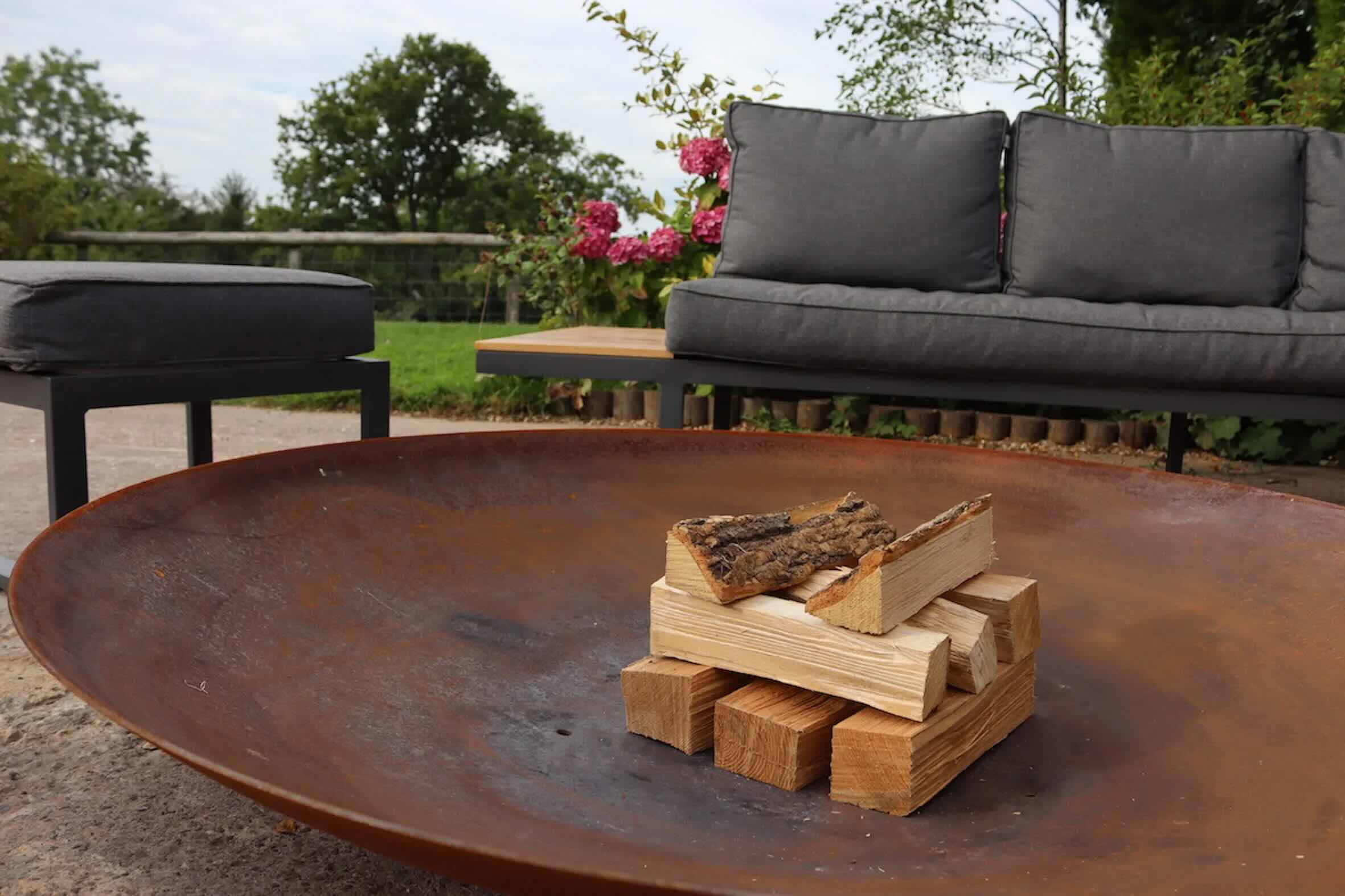

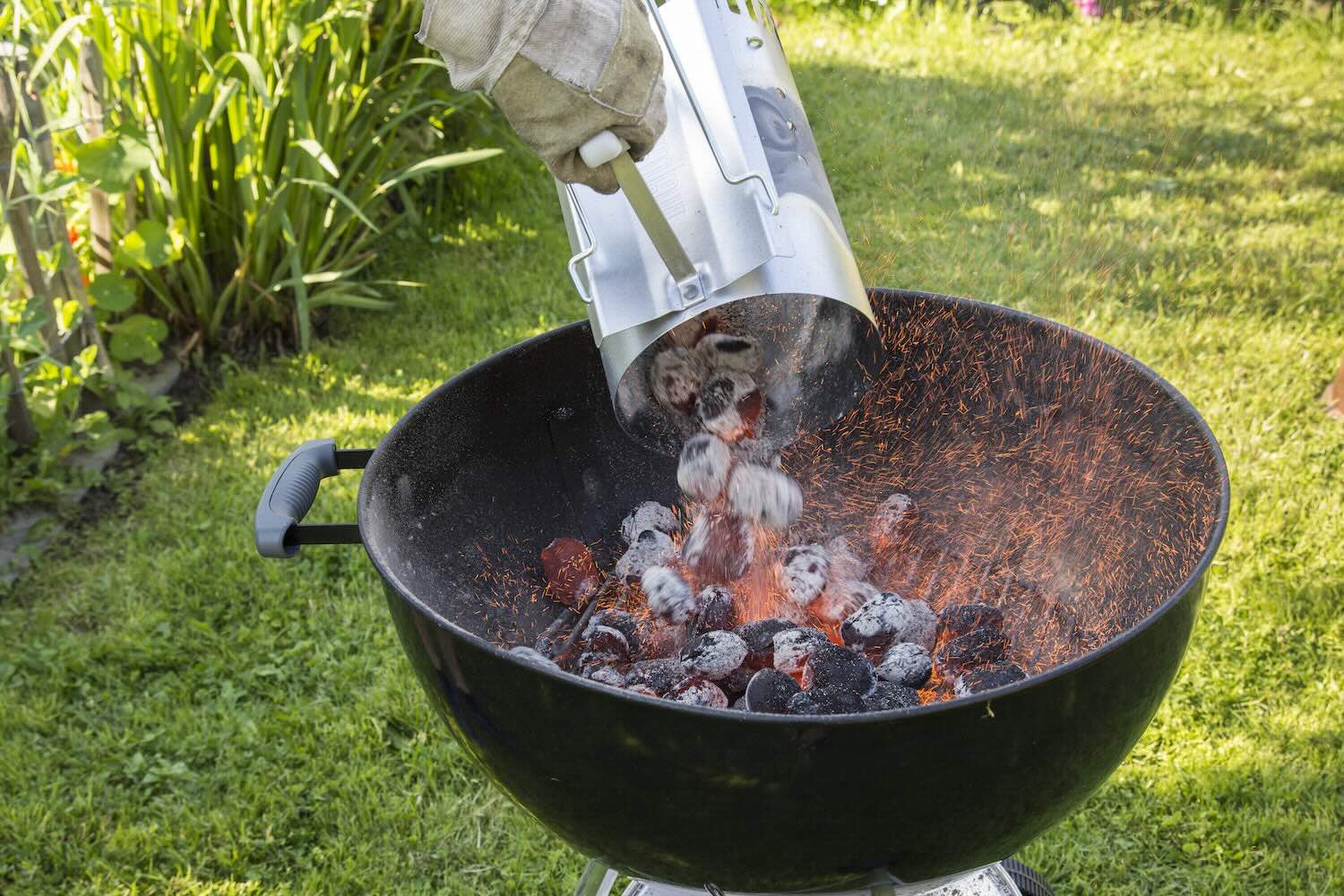
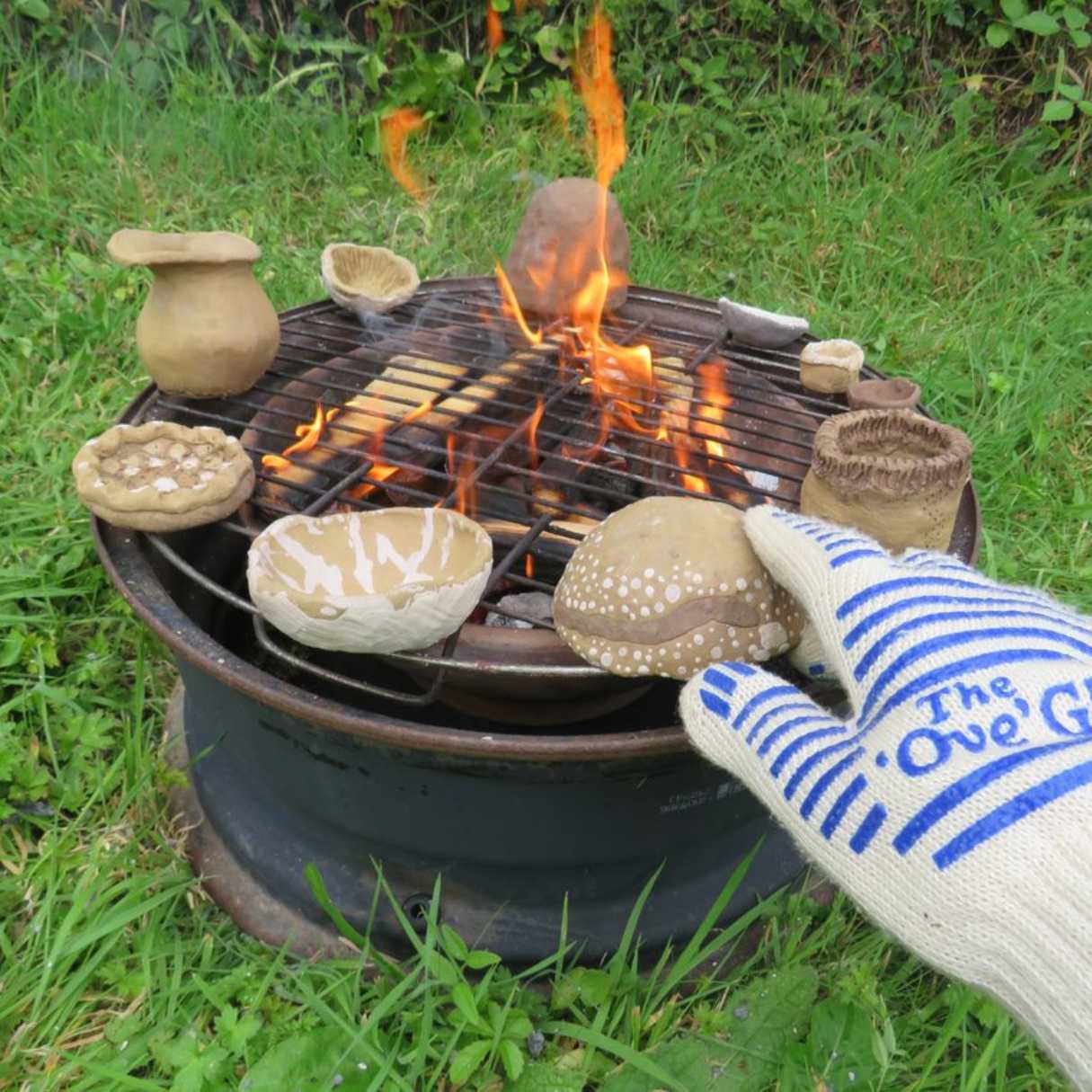
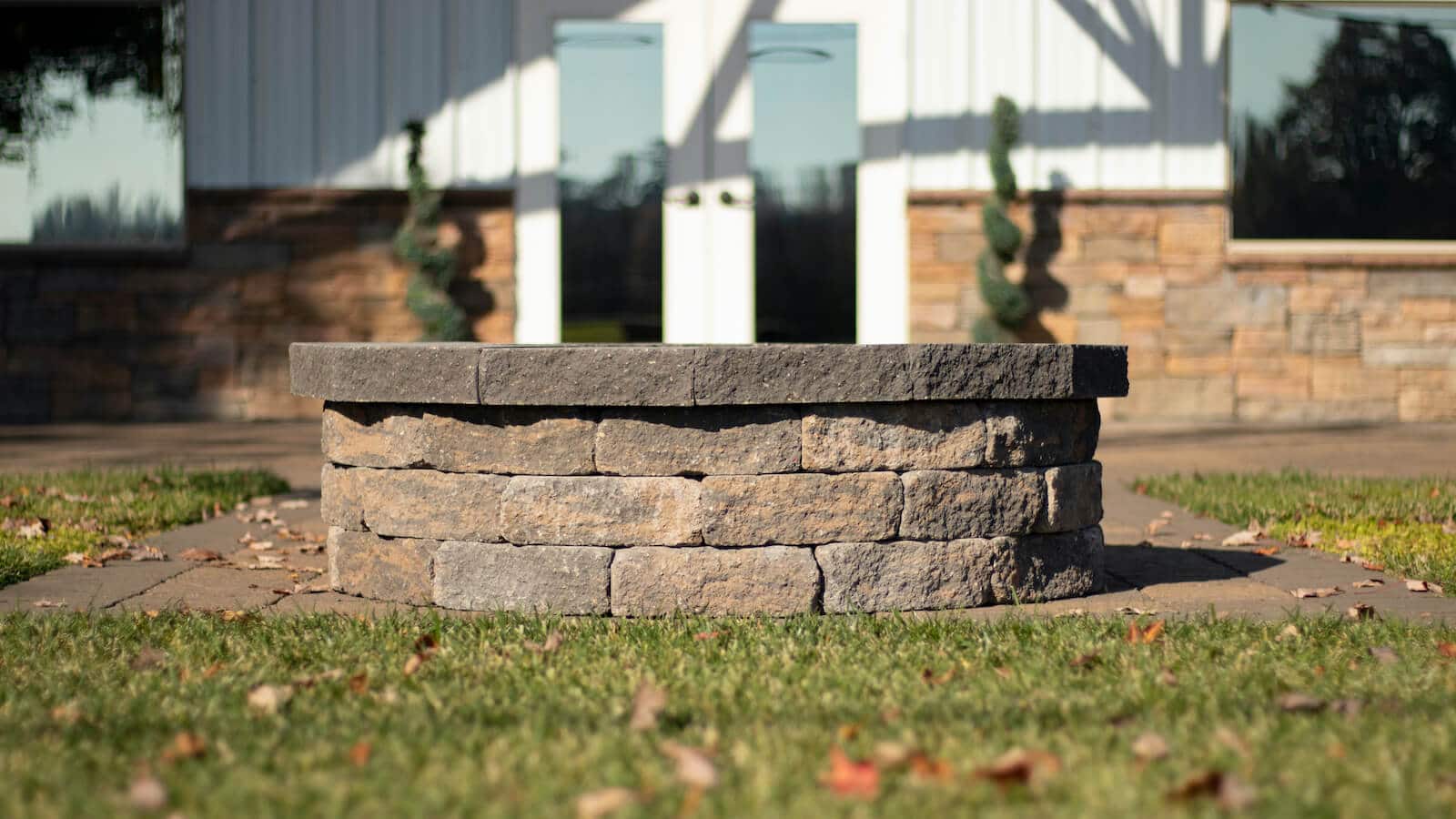
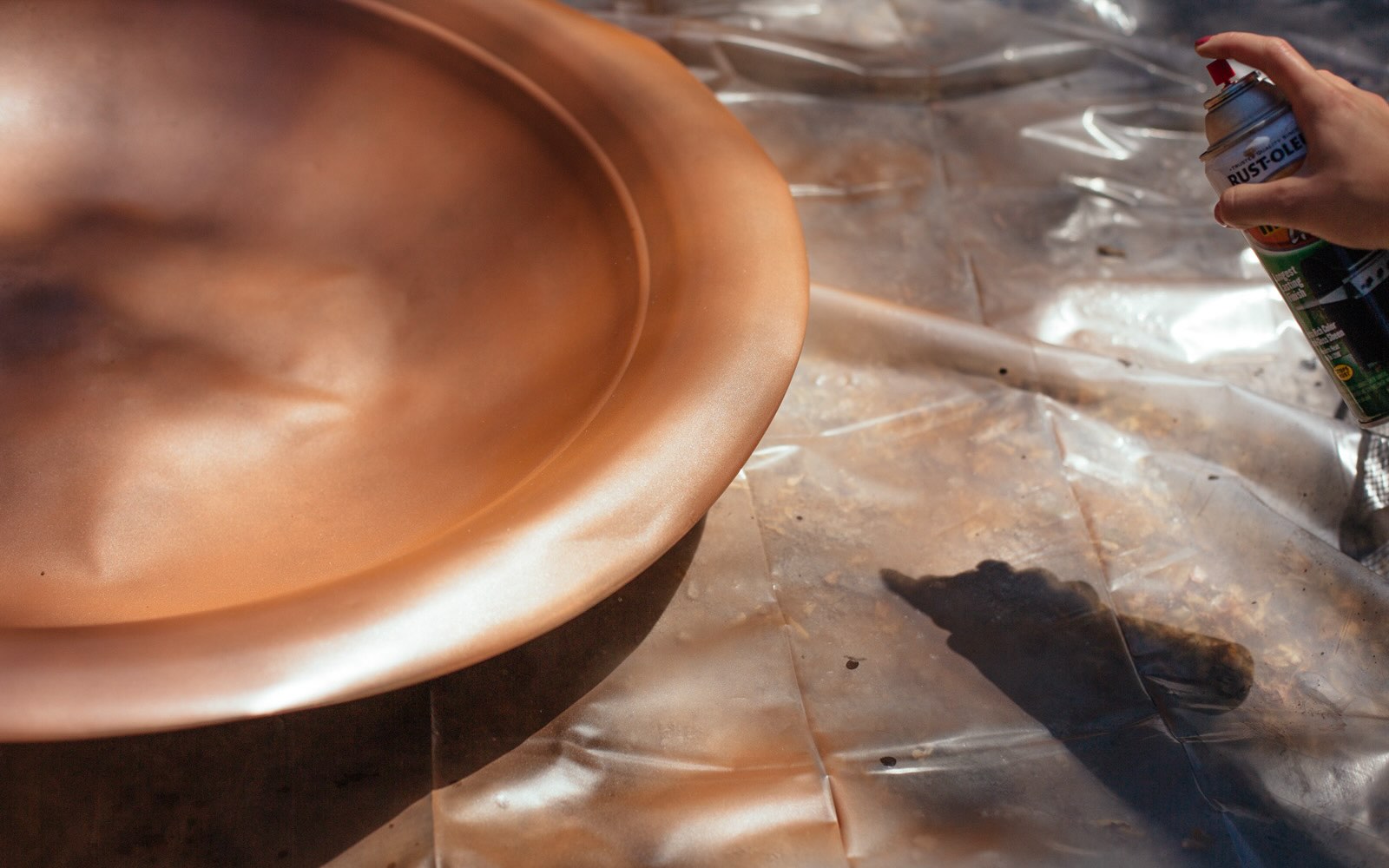
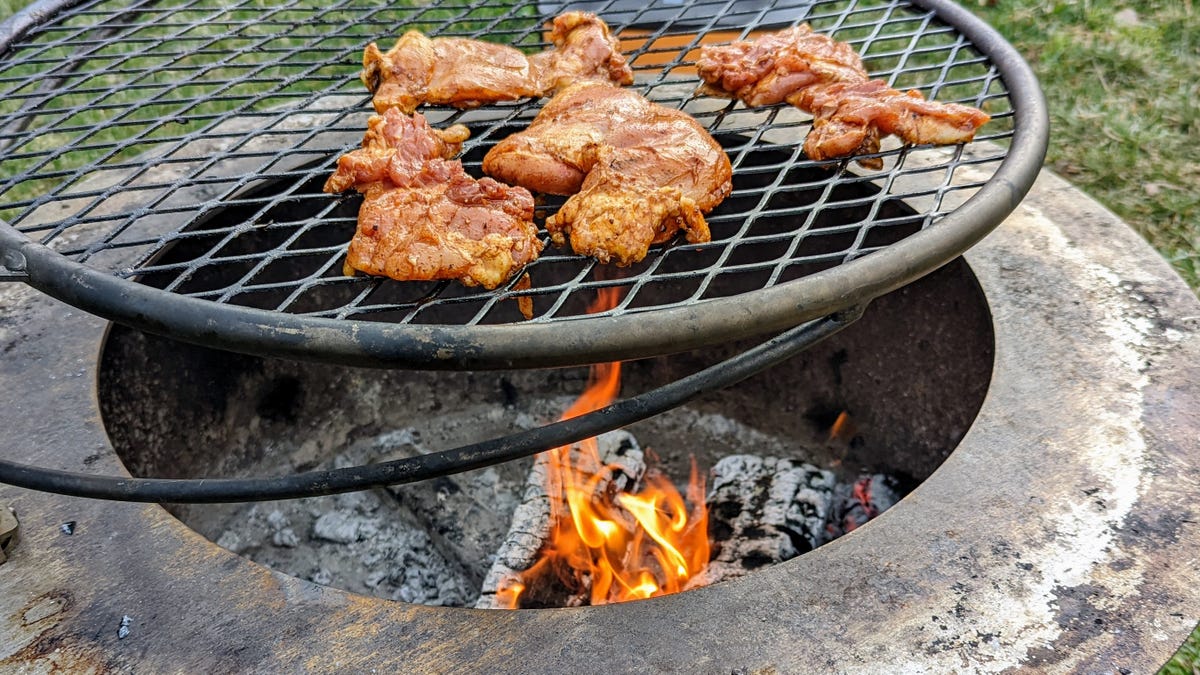
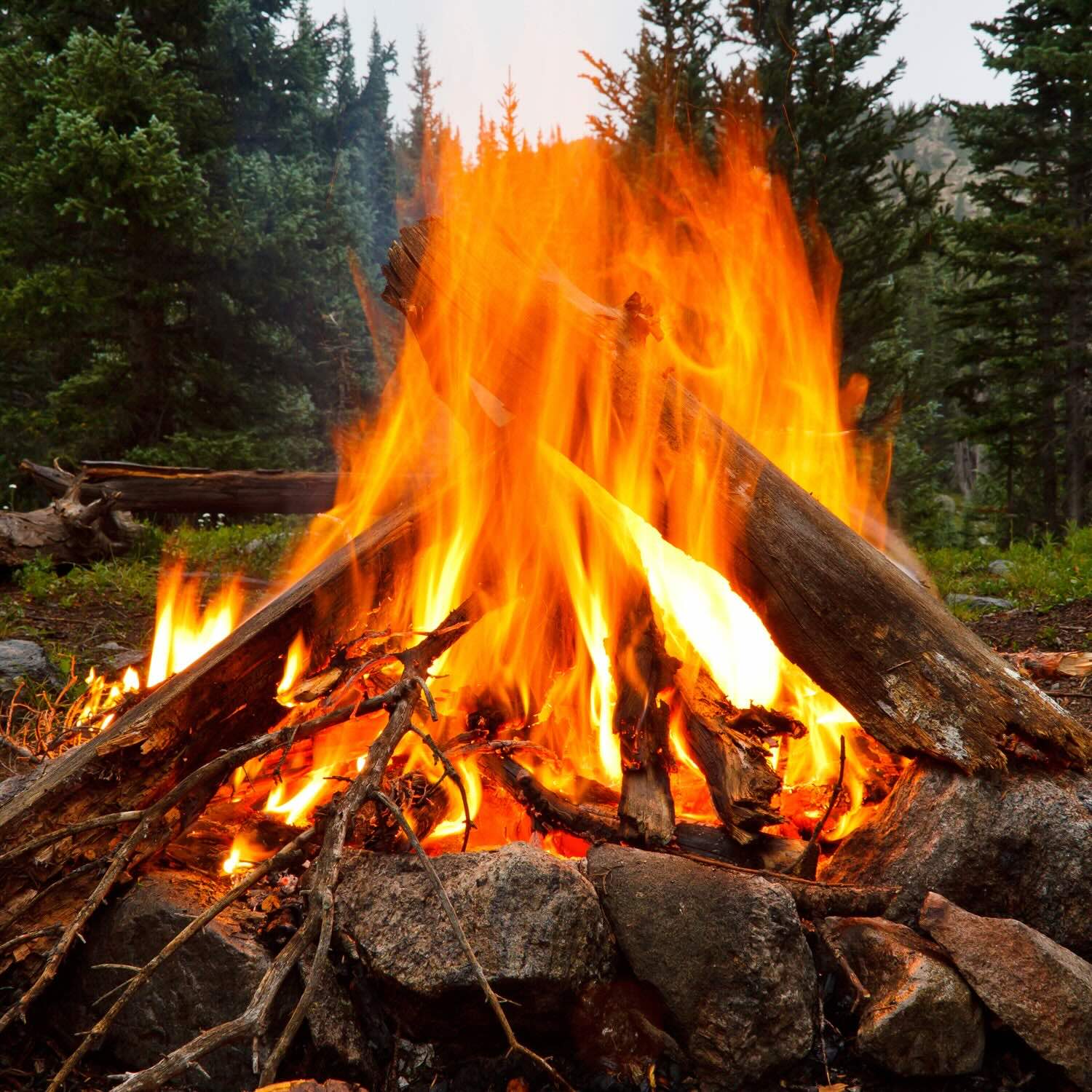

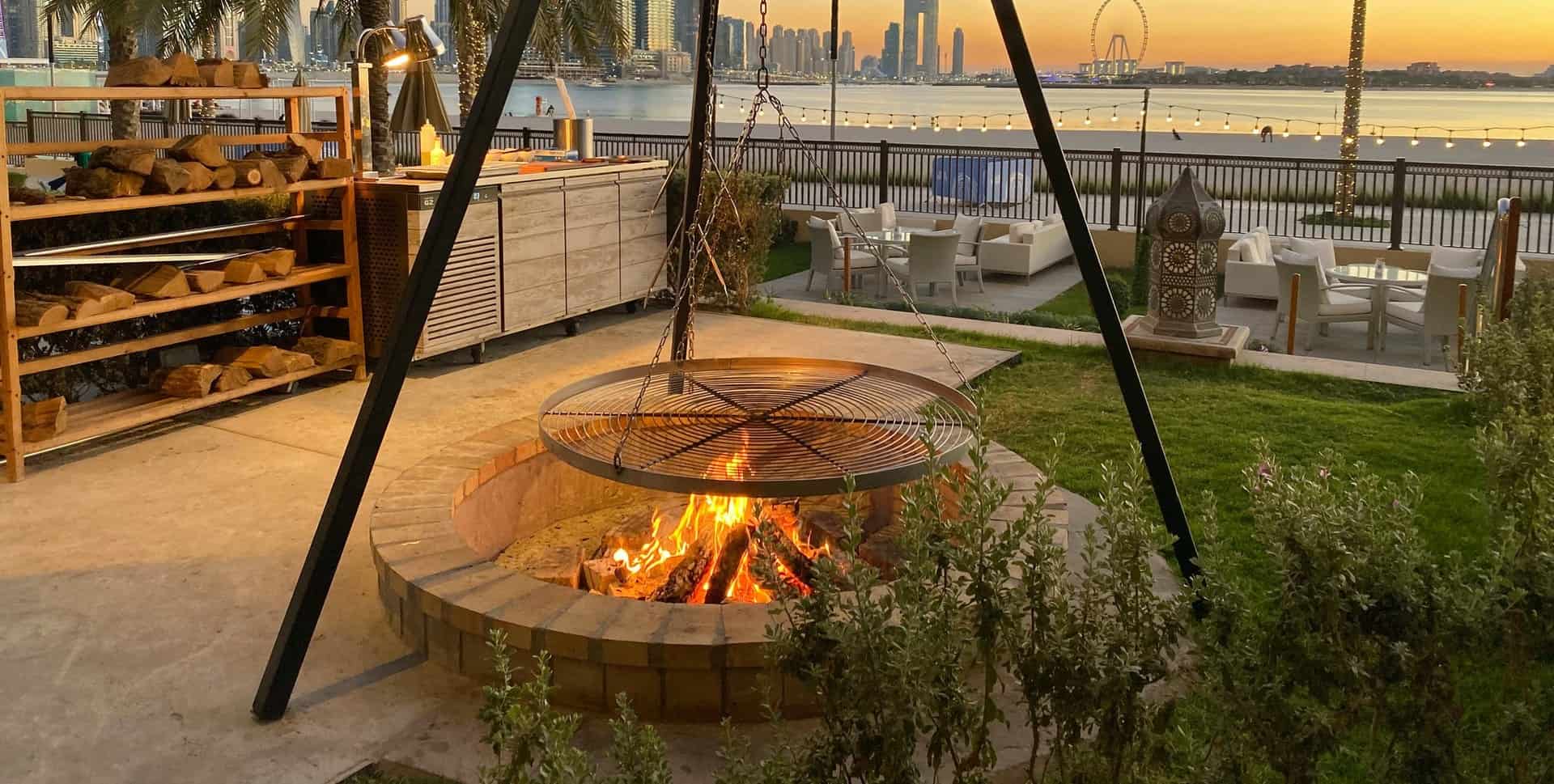
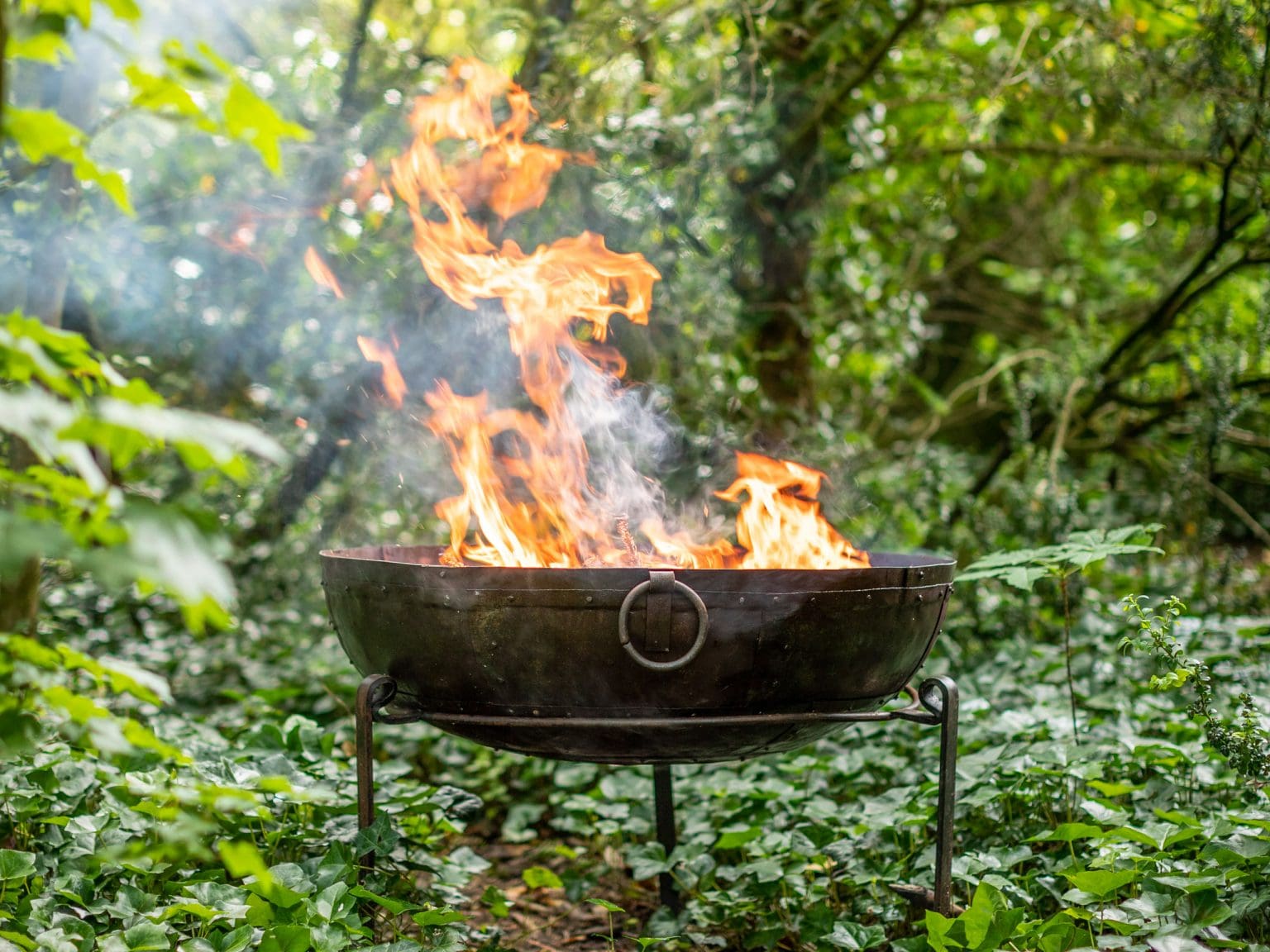

0 thoughts on “How To Light A Fire Pit Without Smoke”